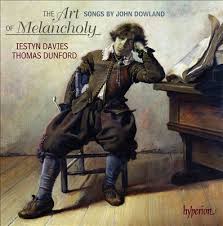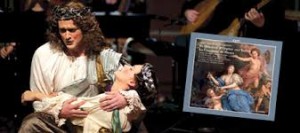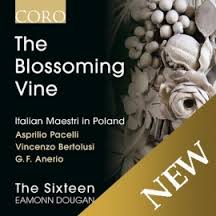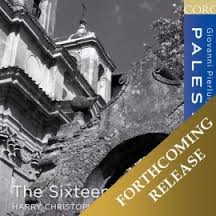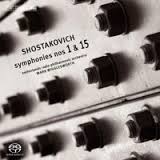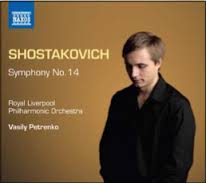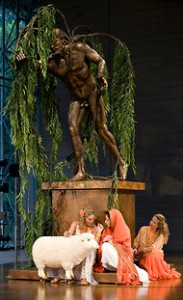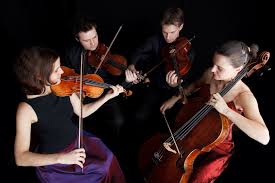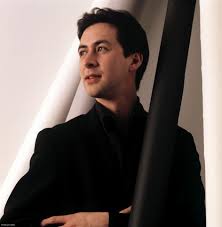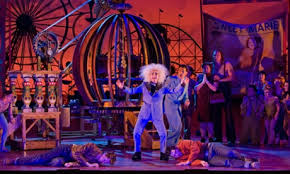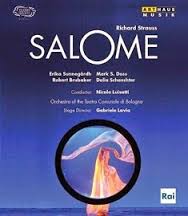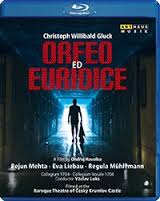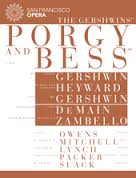The Art of Melancholy; songs by John Dowland
Iestyn Davies & Thomas Dunford
HYPERION CDA68007 76’33
These songs, and the incidental lute music, are so compelling I would suggest ensuring you are not feeling depressive when sitting down to listen. The beauty of Iestyn Davies voice coupled with the sensitivity of Thomas Dunford’s discreet accompaniment is compelling throughout. Listen to Flow, my tears as an introduction to over an hour’s heady indulgence.
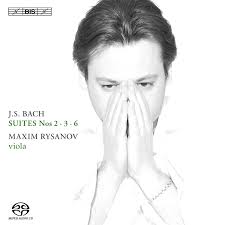 J S Bach: Suites 2, 3, 6 for cello
J S Bach: Suites 2, 3, 6 for cello
arranged for viola
Maxim Rysanov, viola
BIS BIS 2033 64’49
The cello suites work remarkably well in these arrangements for viola. As expected the higher passages in particular benefit from the change, but Maxim Rysanov’s technique brings weight and authority to the lower passages and the whole is convincing throughout.
Marc-Antione Charpentier: La Descente d’Orphee aux Enfers
Boston Early Music Festival
CPO 777 876-2 79’11
Where later composer’s brought human emotion to bear upon the Orpheus myth, Charpentier uses it as a hook to hang some of his most delightful melodic compositions. This, with the addition of La corunne de fleurs makes for a very enjoyable recording.
The Blossoming Vine: Italian Maestri in Poland
The Sixteen
CORO COR 16123 61’48
I doubt if many of us could name any 16th century Polish composers but this second disc makes a very good case for the quality and range of liturgical music being produced in Poland in the later part of the 16th century. In reality the composers are Italian but working in the court of King Sigismund III, but they brought a new freshness and vitality to the country and to its musical life.
Palestrina Vol 5
The Sixteen
CORO COR 16124 63’52
available from 2 June 2014
This fifth CD in the Palestrina series brings us the Missa Iam Christus Astra Ascenderat, three of the Song of Songs setting and a range of smaller liturgical works. The Song of Songs settings, dedicated to Pope Gregory XIII are particularly appealing and would make a good starting point for anyone new to the series.
Shostakovich Symphonies Nos 1 & 15
Netherlands Radio Philharmonic Orchestra, Mark Wigglesworth
BIS 1643 79’15
An interesting combination, these symphonies span most of the composer’s working life, the first dating from 1925 and the fifteenth from 1971. Mark Wigglesworth uses the combination not only to draw the obvious contrasts between them but, hearing them side-by-side, the many traits which, even over such a long period of time, are essential to the composer himself and his musical life.
Shostakovich Symphony No 14
Royal Liverpool Philharmonic Orchestra, Vasily Petrenko
NAXOS 8.573132
Shostakovich seemed to have some difficulty deciding just how to structure his 14th symphony. Originally planned as an oratorio, it was finally completed as a song cycle for two soloists, strings and percussion. A paean to humanity and protest against early death, the mood is sombre throughout and often acerbic, both strands being finely held throughout by soloists and the over-arching control of Vasily Petrenko.

